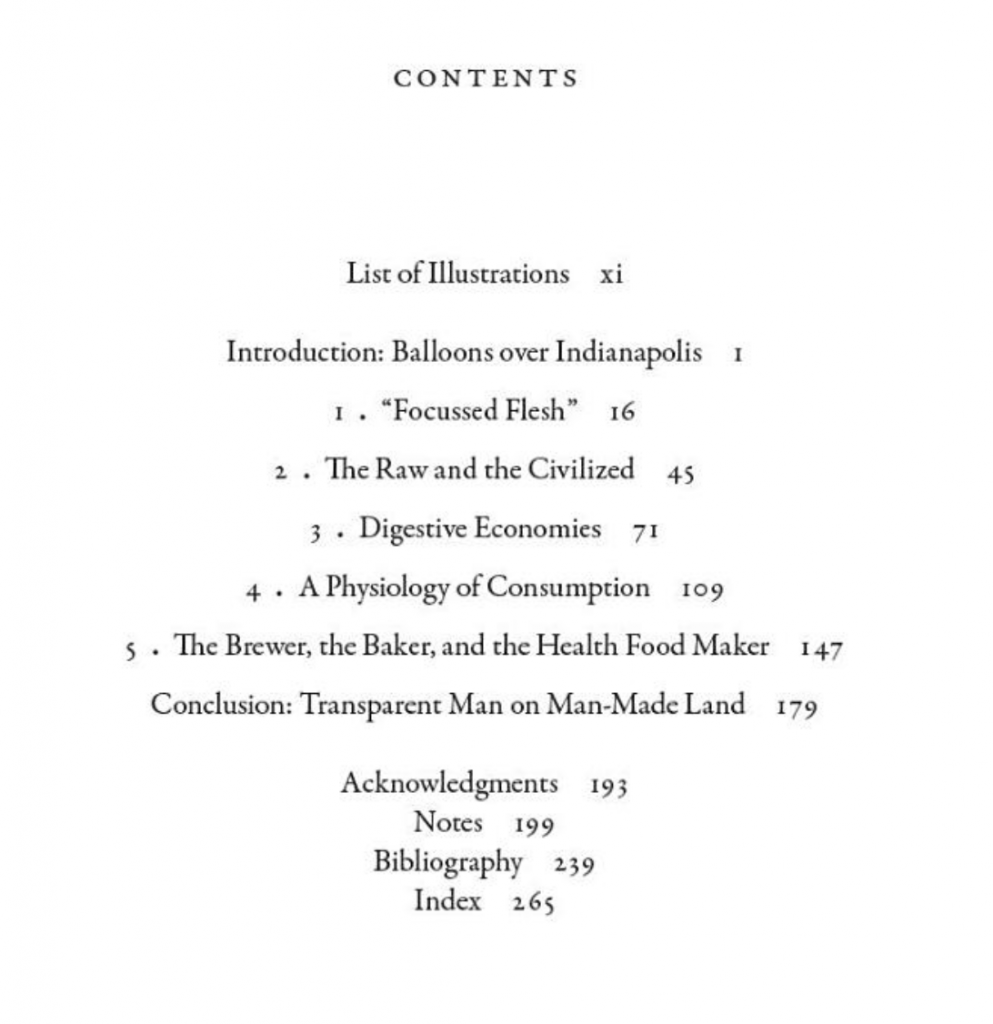This short guide contains suggestions for how to use my book Wonder Foods: The Science and Commerce of Nutrition in the classroom. Please also don’t hesitate to reach out to me; if I’m free, I’m always happy to Zoom into your class.
The book as a whole
Wonder Foods offers a fresh perspective on the history of nutrition through the first commercial nutritional products in the 19th and 20th centuries. It argues that our current relationship to nutrition was decidedly shaped by the commercial, economic, and imperial contexts in which nutritional knowledge was produced. The trajectory of modern food, the book suggests, was not merely an innocuous artifact of technological innovation and scientific advancement, but the consequence of systemic intellectual commitments in Western nations to capitalism, empire, resource extraction and white supremacy. Below some ideas for how to use particular chapters for specific courses.

19th US History and US imperial expansion:
Chapter 1 on the so-called “Meat Biscuit” reveals the central role of food as an “imperial technology” in the US expansionist project.
History of Science and Nutrition:
Chapter 1 also invites students to explore the rise of “Nutritionism” and the articulation of nutrients/food groups not merely as the inevitable outcome of a logical scientific research process, but as the result of specific imperial and economic pressures. This chapter pairs well with a tasting exercise in class: students make and taste broth from beef stock cubes and hot water, recreating the notion of concentrated nourishment versus food “bulk”. In discussion, they are invited to reflect on notions of compactness, transportability, and the “food character” of food.
Environmental History, Discard Studies, Imperial History:
Chapter 2 lays out the imperial ideology of resource extraction masked as economic development under the banner of waste utilization, which continued to underlie British imperial policy & contributed to our global food crisis.
History of the Body and Digestion:
Chapter 3 invites students to consider historical changes in our understanding of digestion and the eating and digesting body by exploring the first so-called artificially digested or pre-digested foods.
Indigenous Studies/Indigenous history and Food History:
Chapter 4 offers the first account of John Harvey Kellogg’s exploitative investigations of the food customs, knowledge, & resources of Indigenous peoples, which he appropriated for the production and marketing of his health foods.
Global Health History:
The case study of food yeast in Chapter 5 invites students to explore the growing importance of nutritional consumables in colonial/international health approaches to hunger in the interwar period & in the broader reconfiguration of hunger as malnutrition throughout the twentieth century.
History of Advertisement, Vitamins, and Consumer Culture:
Chapter 5 also offers students insight into the rise of advertising techniques that, rather than harness the power of science, undermined scientific authority & encouraged reliance on fellow consumers and “alternative expertise.”
